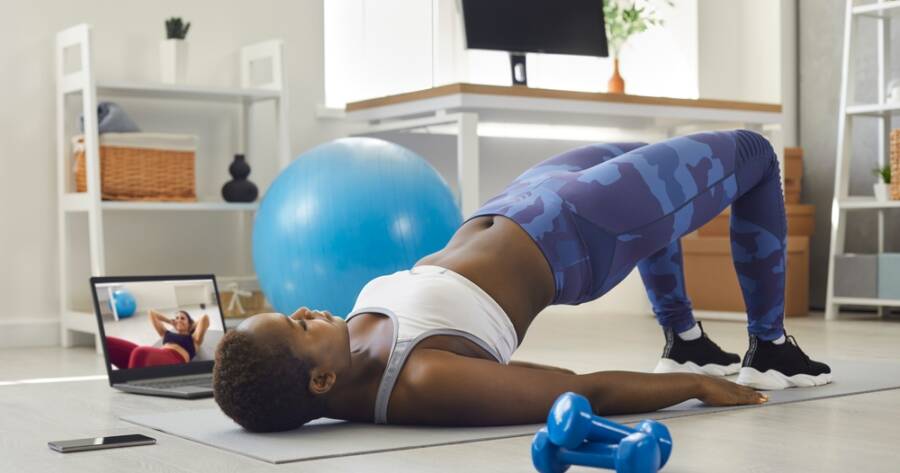Pelvic floor exercises, also known as Kegel exercises, have gained growing attention for their potential to improve both physical health and overall wellness. These exercises target the muscles that support essential bodily functions, such as bladder control, core stability, and sexual health. While research points to a range of benefits, outcomes can vary from person to person based on consistency, health status, and individual body needs. With proper guidance, adding pelvic floor exercises to a wellness routine can support a more balanced lifestyle.
What Are Pelvic Floor Exercises?
Pelvic floor exercises target the muscles that span the base of the pelvis. These muscles support essential organs such as the bladder, uterus, and intestines. The most well-known form of pelvic floor exercise is the Kegel, where the muscles are contracted and relaxed rhythmically. However, other techniques like Pilates and yoga also incorporate pelvic floor strengthening elements.
These exercises are designed to improve muscle control, which can play a role in maintaining pelvic organ function. Though pelvic floor training is often highlighted for postpartum recovery, men and women of all ages may benefit from this practice, especially as they age.
Potential Physical Benefits of Pelvic Floor Exercises
1. May Enhance Bladder and Bowel Control
One of the primary reasons people turn to pelvic floor exercises is to help manage urinary incontinence. Some studies suggest that engaging these muscles can reduce the frequency or severity of leakage over time. Similarly, improved pelvic control might also aid with managing fecal incontinence.
2. Possible Reduction in Pelvic Organ Prolapse Risk
A weakened pelvic floor could contribute to conditions like pelvic organ prolapse, where organs shift downward from their usual position. Strengthening these muscles may provide additional support and could potentially help reduce the risk or progression of prolapse.
3. Support for Core Stability and Posture
The pelvic floor works closely with the deep abdominal and back muscles to maintain core stability. Consistent pelvic floor exercise might enhance postural alignment and reduce the likelihood of lower back discomfort. Some fitness experts suggest it can complement core-strengthening routines for overall balance and control.
4. Potential Improvement in Sexual Function
Pelvic floor exercises may offer sexual health benefits for both men and women.
Practical Tips for Integrating Pelvic Floor Exercises
1. Start Gradually and Build Consistency
It’s essential to ease into pelvic floor exercises, especially for beginners. Overexerting these muscles might lead to discomfort or even muscle fatigue. Experts suggest starting with a few repetitions each day and gradually increasing intensity over time.
2. Practice with Proper Technique
One challenge with pelvic floor exercises is performing them correctly. Some people engage the wrong muscle groups, such as the buttocks or thighs. To maximize potential benefits, it might be helpful to work with a physiotherapist or follow guided routines that emphasize correct form.
3. Make It a Daily Habit
Like any other exercise, pelvic floor training requires consistency to yield results. Embedding these exercises into everyday routines—such as while brushing teeth or during a commute—can make it easier to stay on track without feeling overwhelmed.
Who Should Be Cautious with Pelvic Floor Exercises?
While pelvic floor exercises can be beneficial, they are not suitable for everyone without guidance. For example, people experiencing pelvic pain or muscle tension might find that excessive contraction worsens their symptoms. Consulting with a healthcare provider, especially for individuals with chronic pelvic conditions, can ensure an appropriate and safe approach.
It’s also essential to balance pelvic floor exercises with relaxation practices. Holding tension in these muscles continuously could create imbalances, potentially leading to discomfort or dysfunction.
Find a Physiotherapist
Pelvic floor exercises present a low-impact way to support physical well-being, though individual outcomes may vary. Whether aiming to improve bladder control, enhance core stability, or take advantage of any of the other benefits, these exercises are worth considering as part of a broader wellness routine.
However, results often depend on proper technique, consistency, and the individual’s health condition. Consulting with healthcare professionals can help tailor an approach to ensure the exercises align with personal needs and goals.




